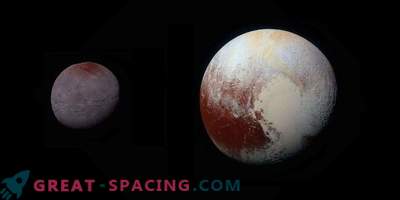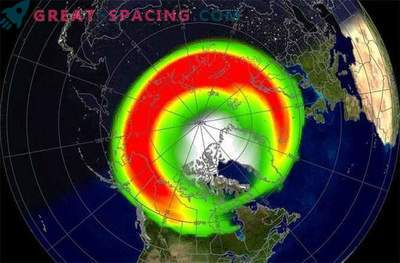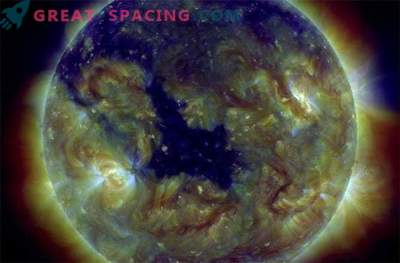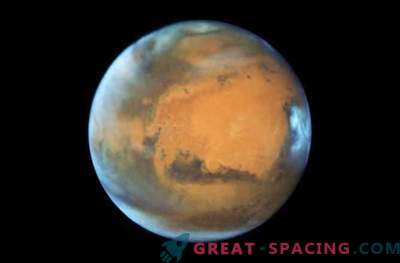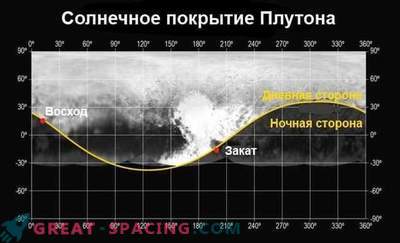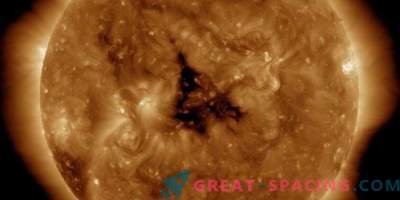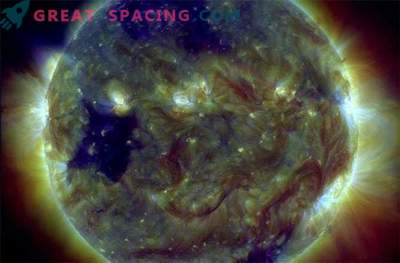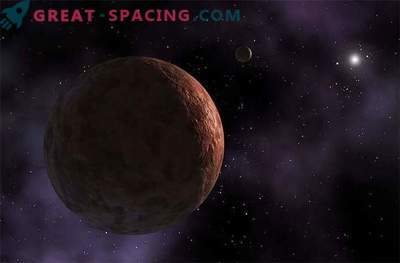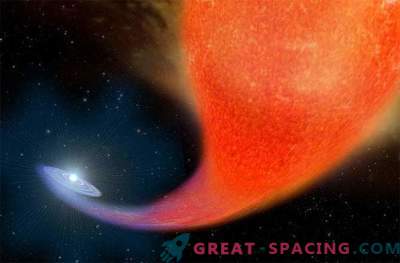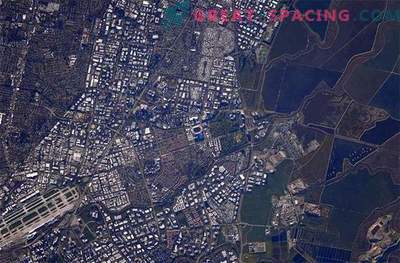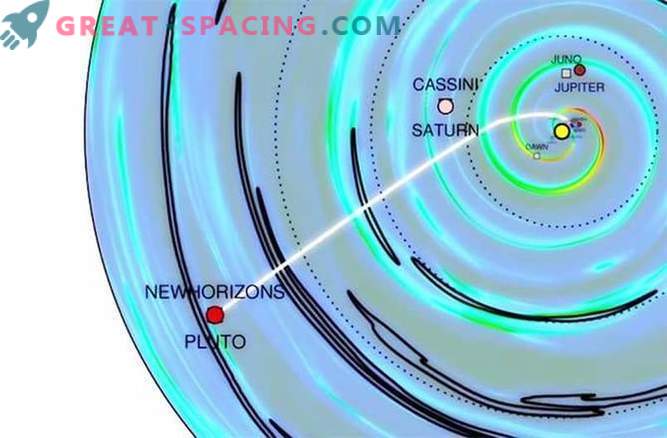
Pluto is 40 times farther from the Sun than the Earth, but that does not mean that it does not receive its heat. And it just so happened that, despite the tremendous difficulty of assessing the location and intensity of clouds of solar particles at a distance of 3.7 billion miles, the NASA supercomputer undertook this task and made a weather forecast for the time it flew by the ship New Horizons Pluto.
As mentioned in the video below, it takes about 5 months from the ejection of the coronal mass (KM) from the surface of the Sun, before its contact with Pluto (KM reaches the Earth in an hour or several days). But in the interplanetary space a complex environment, and for analyzing clouds of magnetized plasma at such distances with their imitation, large computational power is needed.
CM comes out of a highly magnetized lower corona (solar atmosphere) and consists of ionized particles that can interact with the planetary magnetic fields. Geo-efficient emissions of coronary mass when meeting with the magnetosphere of our planet cause geomagnetic storms and cause impressive auroras at high latitudes.
Pluto is much farther from the Sun, and by the time the CM reaches the dwarf planet, the plasma density and intensity is much less than when it meets the Earth - here it looks like a "light breeze". It is currently unknown whether Pluto has a magnetic field, but cosmic weather undoubtedly affects the surface of the dwarf planet, and the solar plasma enters into chemical reactions. As for the passage of the New Horizons, he does not expect anything spectacular from the space weather on his way. On July 14, during the passage, the activity of the coronary mass should be extremely weak, with a higher density already after meeting with Pluto, which could affect the weak atmosphere of the small world.
“Our simulation suggests that during the New Horizons approach, Pluto can be immersed in a region with very low solar wind densities, lasting about a month,” says Dushan Odristil, from Goddard Space Flight Center NASA in Greenbelt, Maryland. "This may be accompanied by a large merging area that is able to significantly compress the atmosphere of Pluto."
Odristil developed the space weather code in the 1990s and admits that he can "make mistakes for a couple of weeks." But still, this is pretty not bad, considering how far Pluto is.

